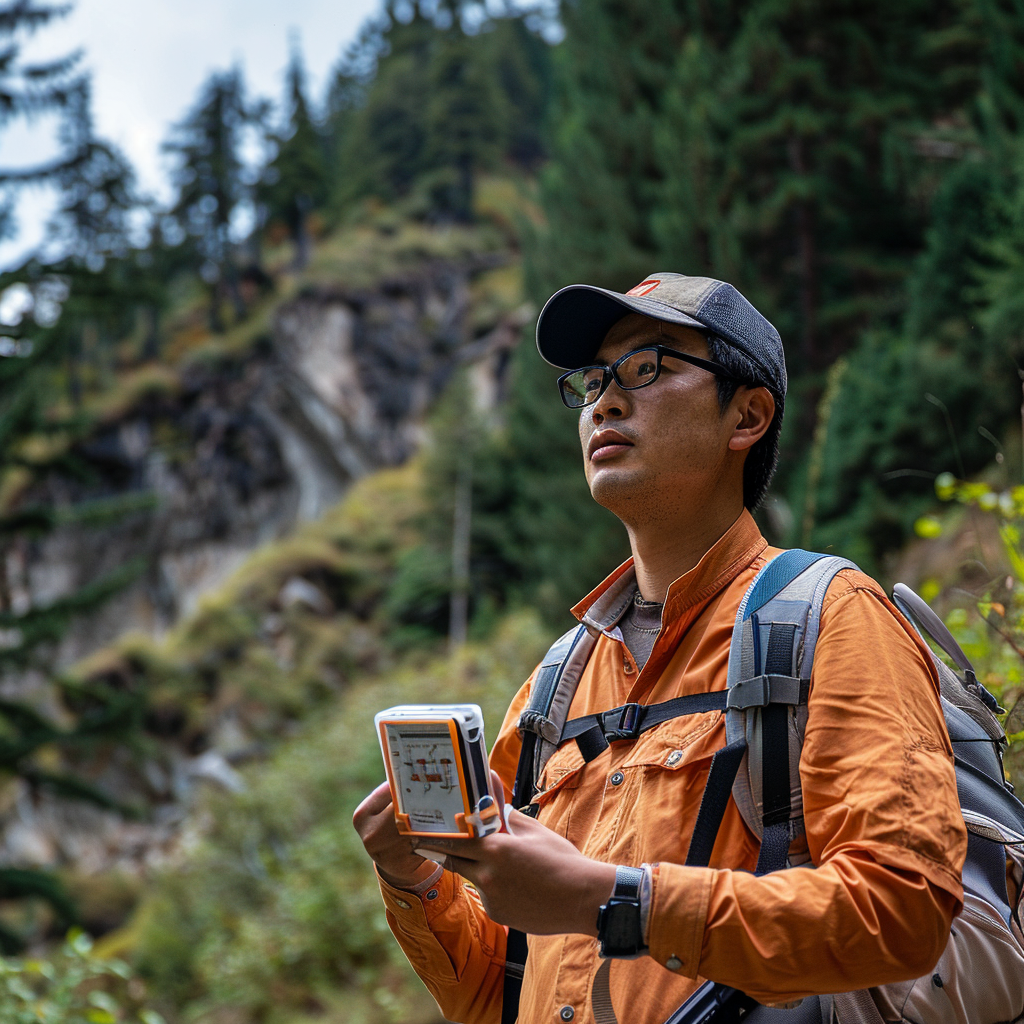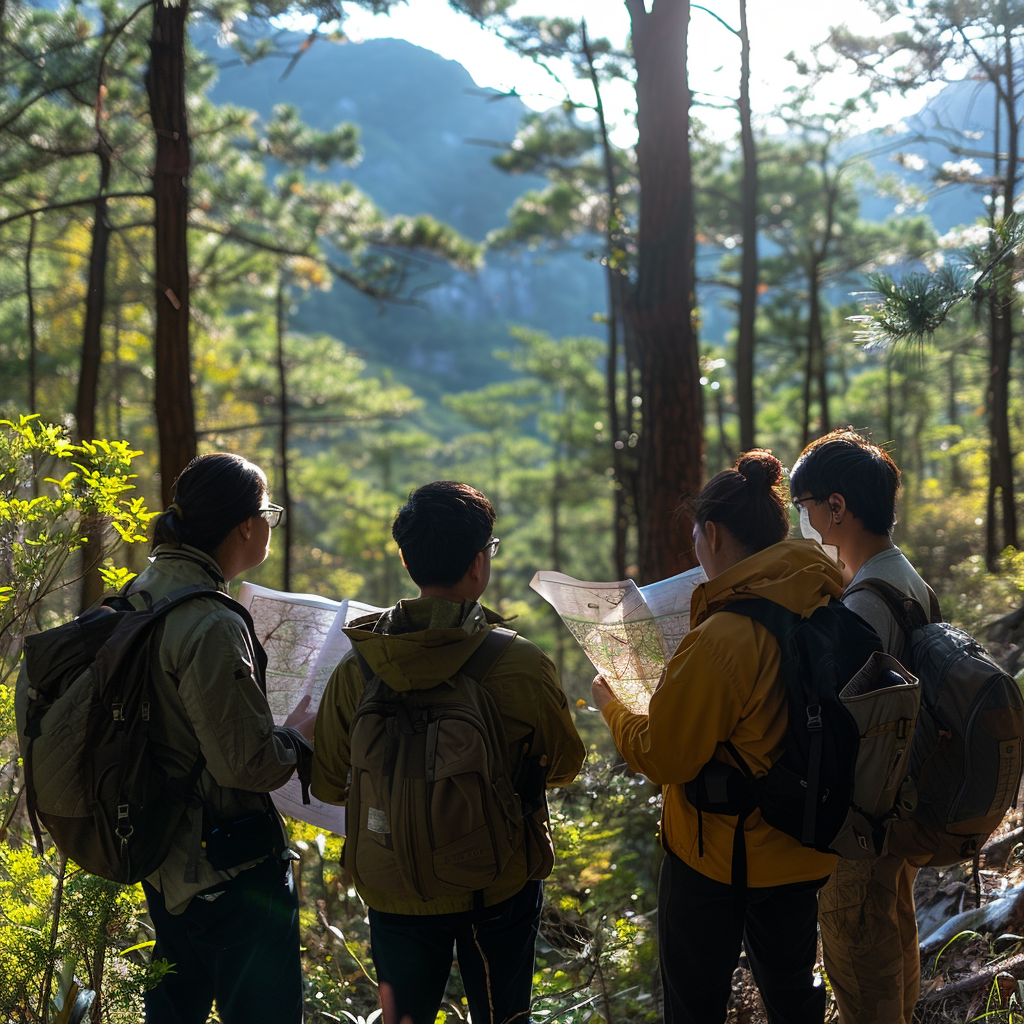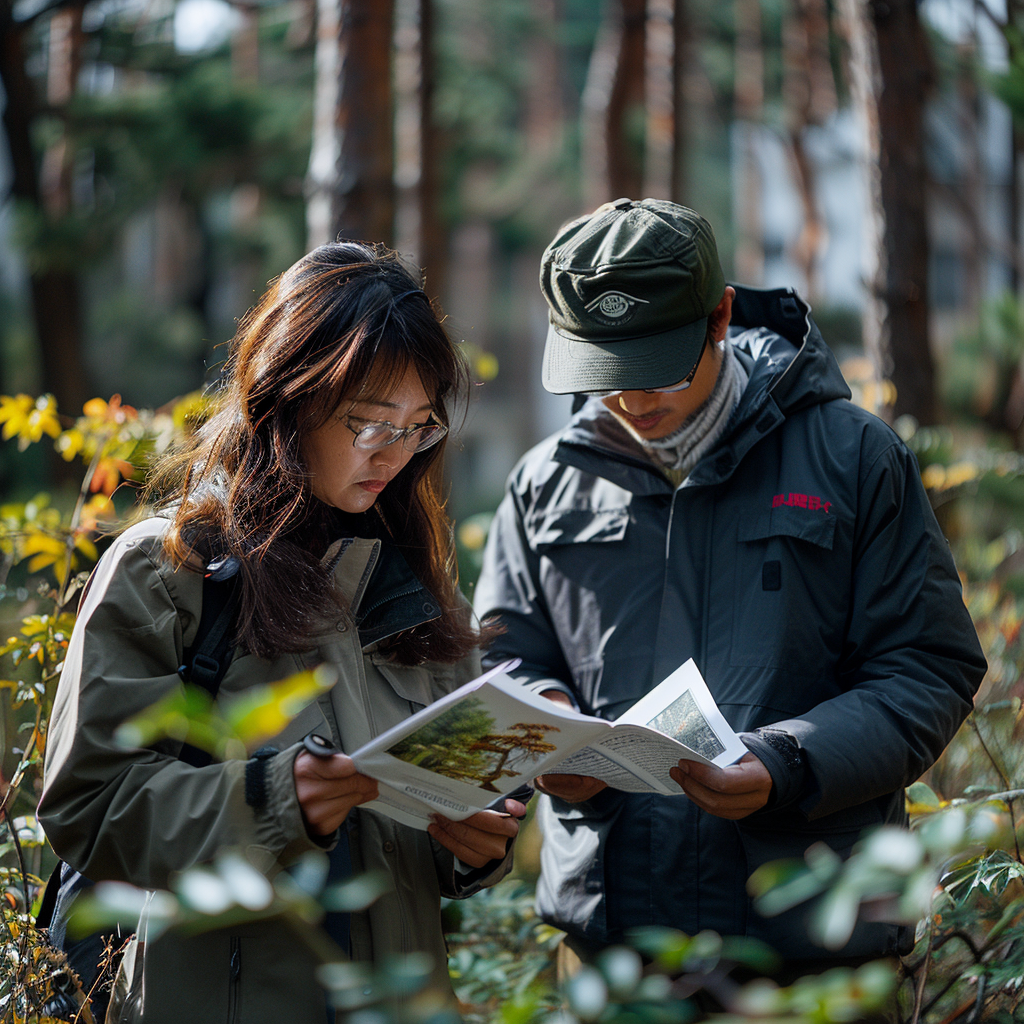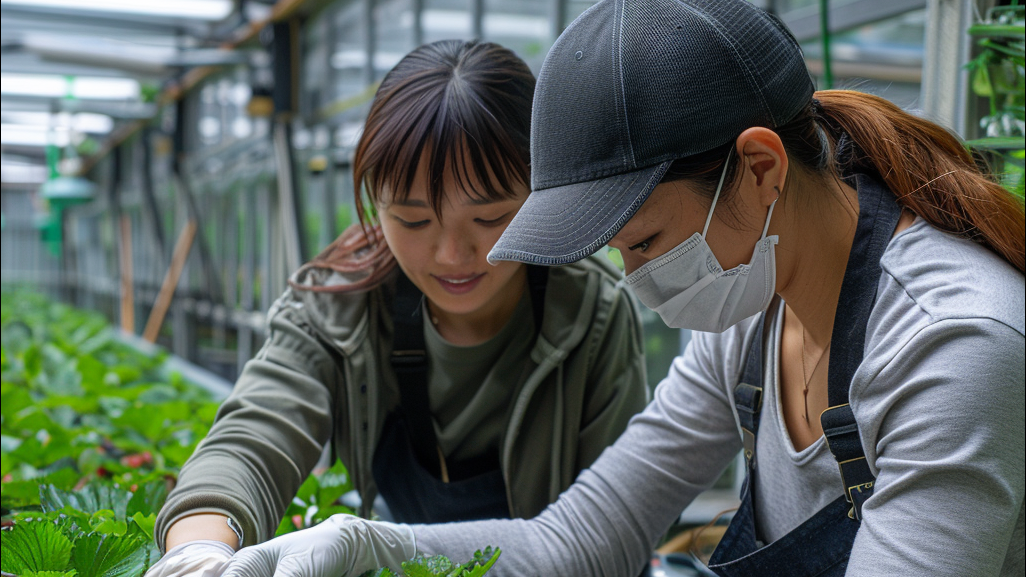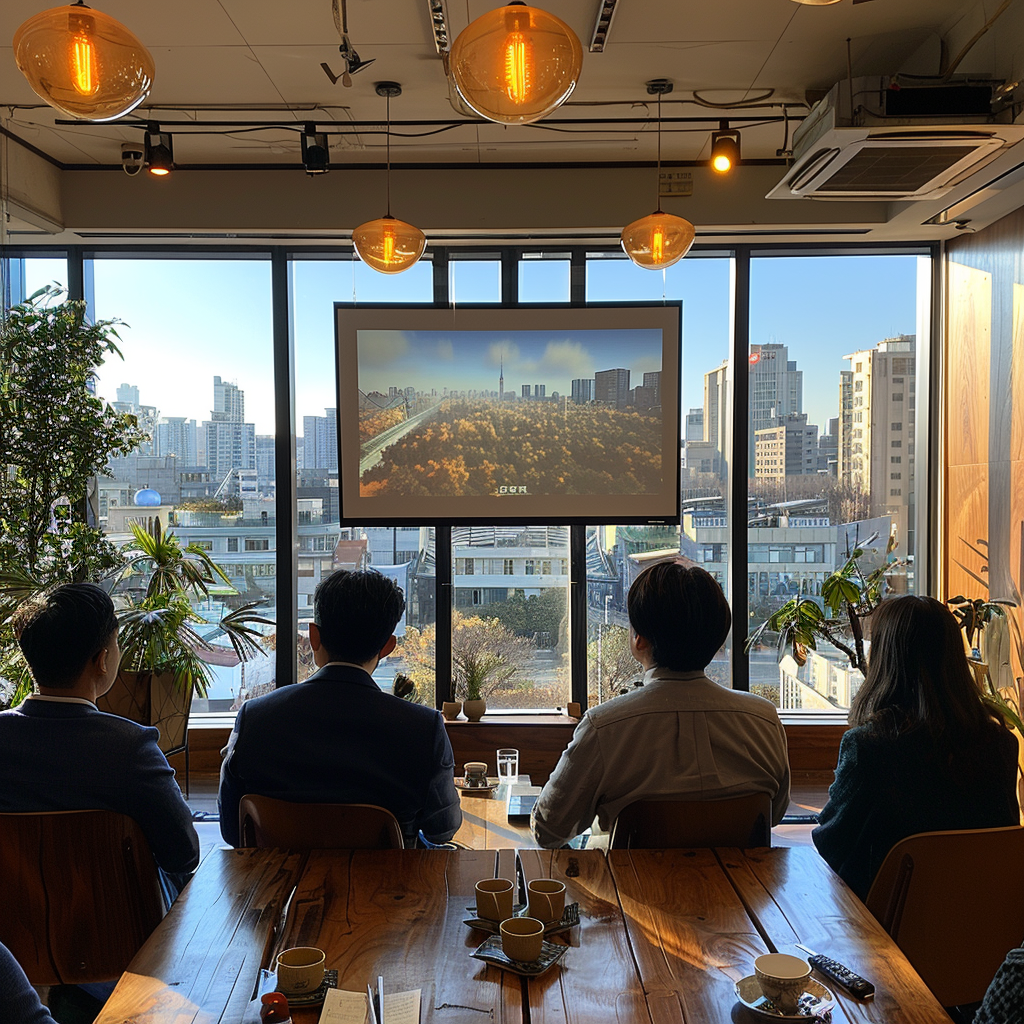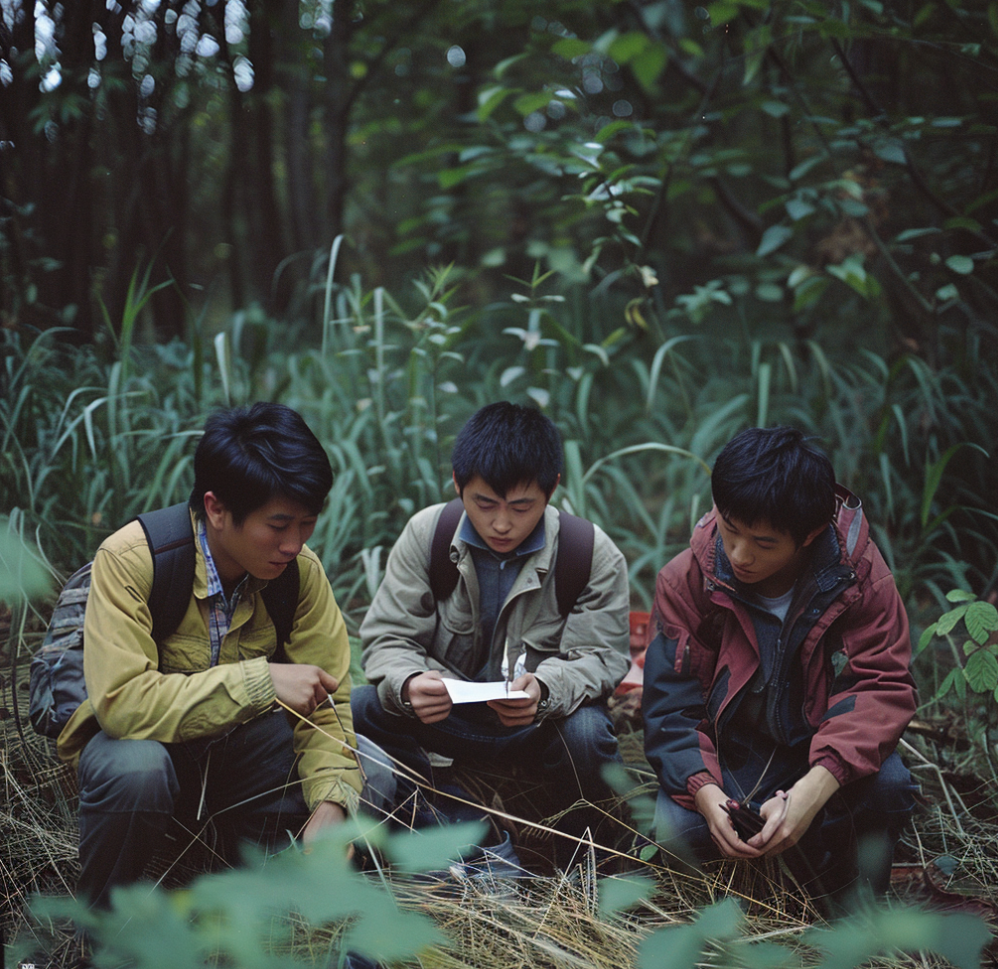发布:2025-07-11 浏览:0
林木资产价格评估的成本法,是以林木培育过程中所消耗的各项费用为基础,结合资金时间价值与合理利润,确定林木资产价值的评估方法。这种方法注重对培育过程的成本追溯,适用于幼龄林、中龄林等尚未进入成熟采伐阶段的林木资产,尤其在缺乏市场交易案例时,能提供相对客观的价值参考。
The cost method for evaluating forest asset prices is based on the various expenses incurred during the forest cultivation process, combined with the time value of money and reasonable profits, to determine the value of forest assets. This method focuses on cost tracing of the cultivation process and is suitable for forest assets such as young and middle-aged forests that have not yet entered the mature harvesting stage. Especially in the absence of market transaction cases, it can provide relatively objective value references.
成本构成的全面核算是成本法的核心。林木资产的成本涵盖从造林到评估基准日的所有合理支出,主要包括直接成本与间接成本。直接成本涉及种苗采购费(根据树种、苗龄确定单价与用量)、造林人工费(整地、栽植、抚育等环节的工时费用)、肥料农药费(按施肥次数、用量及市场价格计算)、灌溉费(含灌溉设备折旧与水电费)等,这些费用需按实际发生额或当地平均水平核算。间接成本则包括林地租用费(按租赁年限与每年租金累加)、管护费(防火、防虫、日常巡查等支出)、技术服务费(造林规划、病虫害防治指导等费用),以及资金成本(将前期投入按一定利率计算的复利,体现资金的时间价值)。例如,一片 5 年生的杨树人工林,其直接成本需统计 5 年间的种苗、施肥、抚育等支出,间接成本则包含林地租金与管护人员工资,各项费用需按年度逐项累加。
The comprehensive accounting of cost composition is the core of the cost method. The cost of forest assets covers all reasonable expenses from afforestation to the evaluation benchmark date, mainly including direct and indirect costs. The direct costs involve the purchase cost of seedlings (unit price and dosage determined based on tree species and seedling age), afforestation labor costs (labor costs for land preparation, planting, nurturing, etc.), fertilizer and pesticide costs (calculated based on fertilization frequency, dosage, and market price), irrigation costs (including depreciation of irrigation equipment and water and electricity fees), etc. These costs need to be calculated based on the actual amount incurred or the local average level. Indirect costs include forest rental fees (accumulated based on the lease term and annual rent), management fees (expenses for fire prevention, pest control, daily inspections, etc.), technical service fees (expenses for afforestation planning, pest control guidance, etc.), and capital costs (compound interest calculated based on a certain rate of interest on previous investments, reflecting the time value of funds). For example, for a 5-year-old poplar plantation, the direct costs need to include expenses such as seedlings, fertilization, and nurturing over the past 5 years, while the indirect costs include forest rent and maintenance personnel salaries. All expenses need to be accumulated on an annual basis.

成本的时间价值调整是关键环节。林木培育周期长(少则数年,多则数十年),早期投入的资金因时间推移产生增值,评估时需按复利计算资金成本,公式为:资金成本 = 各年度投入额 ×(1 + 折现率)^(评估年限 - 投入年度)。折现率的确定需参考同期贷款利率与行业平均收益率,通常取 6%-8%。例如,第 3 年投入的 10 万元抚育费,在评估基准日为第 5 年时,其资金成本为 10×(1+7%)^2≈11.45 万元。通过时间价值调整,能更合理地反映不同时期投入对当前资产价值的贡献,避免因忽视资金成本导致评估结果偏低。
The time value adjustment of costs is a crucial step. The cultivation period of forest trees is long (ranging from a few years to several decades), and the funds invested in the early stage increase in value over time. When evaluating, the cost of funds needs to be calculated based on compound interest. The formula is: cost of funds=annual investment amount x (1+discount rate) ^ (evaluation period - investment year). The determination of discount rate needs to refer to the loan interest rate of the same period and the industry average yield, usually taken as 6% -8%. For example, the cost of 100000 yuan of child rearing expenses invested in the third year, when the evaluation benchmark date is in the fifth year, is approximately 114500 yuan, which is 10 times (1+7%) ^ 2. By adjusting the time value, it is possible to more reasonably reflect the contribution of different investment periods to the current asset value, and avoid underestimating the evaluation results due to neglecting the cost of funds.
合理利润的计入需结合行业水平。林木培育属于风险投资,评估时应按社会平均利润率加入合理利润,通常为总成本(直接成本 + 间接成本 + 资金成本)的 10%-15%。利润的计算需考虑林木生长的风险系数,如速生树种利润可适当降低,珍稀树种因生长周期长、市场风险高,利润比例可提高至 20% 左右。例如,一片总成本为 100 万元的杉木林,按 12% 的利润率计算,需计入 12 万元利润,使评估价值更贴合市场实际。
The inclusion of reasonable profits should be based on industry standards. Tree cultivation belongs to venture capital, and reasonable profit should be added according to the average social profit rate during evaluation, usually 10% -15% of the total cost (direct cost+indirect cost+capital cost). The calculation of profit needs to consider the risk coefficient of forest growth. For example, the profit of fast-growing tree species can be appropriately reduced, while the profit proportion of rare tree species can be increased to about 20% due to their long growth cycle and high market risk. For example, a cedar forest with a total cost of 1 million yuan, calculated at a profit margin of 12%, needs to include a profit of 120000 yuan to make the assessed value more in line with market reality.
成本法的适用范围与调整因素需明确。该方法适用于人工林(尤其是幼龄林、中龄林),因其成本记录相对完整;对天然林或林分混乱的林木资产,因成本难以追溯,适用性较差。评估时还需根据林木生长状况进行调整:对于生长良好、成活率高于当地平均水平的林分,可在成本总和基础上上浮 5%-10%;对于存在病虫害、成活率低的林分,则需下调 10%-20%。例如,一片因干旱导致成活率仅 70% 的马尾松林,评估时需按实际成活面积折算成本,再扣除补种费用,确保评估结果与林木实际价值匹配。
The scope of application and adjustment factors of the cost method need to be clarified. This method is suitable for artificial forests, especially young and middle-aged forests, as their cost records are relatively complete; For natural forests or forest assets with disorderly stands, their applicability is poor due to the difficulty in tracing costs. When evaluating, adjustments need to be made based on the growth status of the trees: for forest stands that grow well and have a survival rate higher than the local average, an increase of 5% -10% can be made on the basis of the total cost; For forest stands with pests, diseases, and low survival rates, a 10% -20% reduction is required. For example, a pine forest with a survival rate of only 70% due to drought needs to be evaluated by converting the cost based on the actual survival area and deducting the cost of replanting to ensure that the evaluation results match the actual value of the forest.
成本法的局限性与互补措施需注意。该方法未考虑市场供求变化对林木价格的影响(如某树种因政策限制采伐导致市场价格上涨),也未体现林木的生长质量差异(如同一林龄的林木因生长速度不同产生的价值差异)。因此,评估时需结合市场法或收益法进行修正:参考同类林木近期交易价格,对成本法结果进行调整;或对接近成熟的林木,预估未来采伐收益,与成本法结果相互验证。例如,对一片即将进入采伐期的桉树人工林,先用成本法算出重置成本,再对比当地近期桉树采伐的市场价格,若两者差异超过 15%,需分析原因并调整评估参数。
The limitations and complementary measures of the cost method need to be noted. This method does not take into account the impact of changes in market supply and demand on forest prices (such as market price increases due to policy restrictions on logging for a certain tree species), nor does it reflect the differences in growth quality of trees (such as the value differences of trees of the same age due to different growth rates). Therefore, when evaluating, it is necessary to combine the market method or income method for correction: refer to the recent transaction prices of similar trees and adjust the results of the cost method; Or for trees that are approaching maturity, estimate future harvesting profits and verify them with the results of the cost method. For example, for a eucalyptus plantation that is about to enter the harvesting period, the cost method is first used to calculate the reset cost, and then the market price of eucalyptus harvesting in the local area is compared. If the difference between the two exceeds 15%, the reasons need to be analyzed and the evaluation parameters adjusted.
本文由林木资产价格评估友情奉献.更多有关的知识请点击:http://www.jyslpg.com我们将会对您提出的疑问进行详细的解答,欢迎您登录网站留言.
This article is contributed by the Friendship Contribution of Forest Resource Asset Evaluation For more information, please click: http://www.jyslpg.com We will provide detailed answers to your questions. You are welcome to log in to our website and leave a message



